Comet Holmes
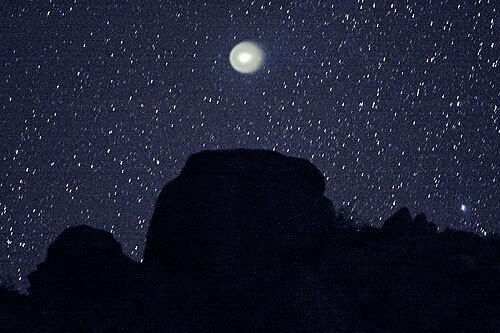
Comet Holmes rises in the N.E. sky above Coyote Canyon in Anza Borrego Desert State Park. It’s visible to the naked eye and better seen with binoculars. Discovered in the late 19th Century, Holmes has become dramatically brighter in the past 2 weeks. (Don Bartletti / Los Angeles Times)
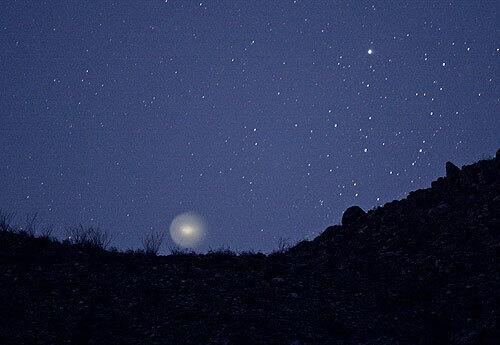
Comet Holmes rises in the N.E. sky above Coyote Canyon in Anza Borrego Desert State Park. It’s visible to the naked eye and better seen with binoculars. Discovered in the late 19th Century, Holmes has become dramatically brighter in the past 2 weeks. (Don Bartletti / Los Angeles Times)
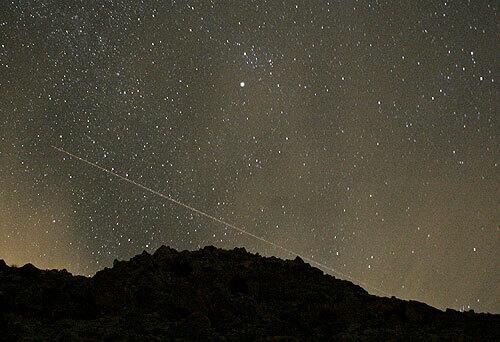
Comet Holmes is the brightest object in this wide angle view of the N.E. sky over the Santa Rosa Mountains. A passing jetliner leaves a long streak in this 41 second time exposure. Holmes looks like a fuzzy ball without the characteristic tail of most comets. For decades the comet has been too dim to see with the naked eye but it’s brightened dramatically over the past 2 weeks. (Don Bartletti / Los Angeles Times)
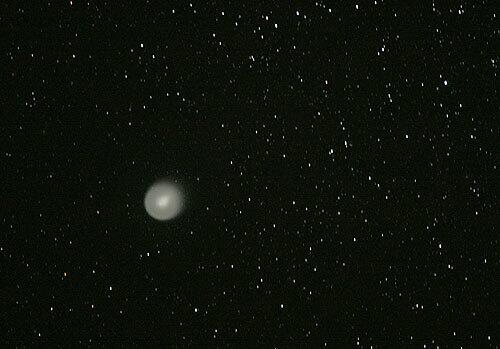
Comet Holmes rises in the N.E. sky about 30-40 degrees above the horizon above Coyote Canyon in Anza Borrego Desert State Park. It’s visible to the naked eye and better seen with binoculars. Discovered in the late 19th Century, Holmes has become dramatically brighter in the past 2 weeks. (Don Bartletti / Los Angeles Times)
Advertisement
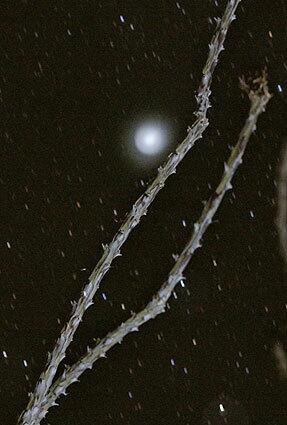
Comet Holmes, seen through the thorny branches of an ocotillo bush, rises in the N.E. sky above Coyote Canyon in Anza Borrego Desert State Park. (Don Bartletti / Los Angeles Times)



